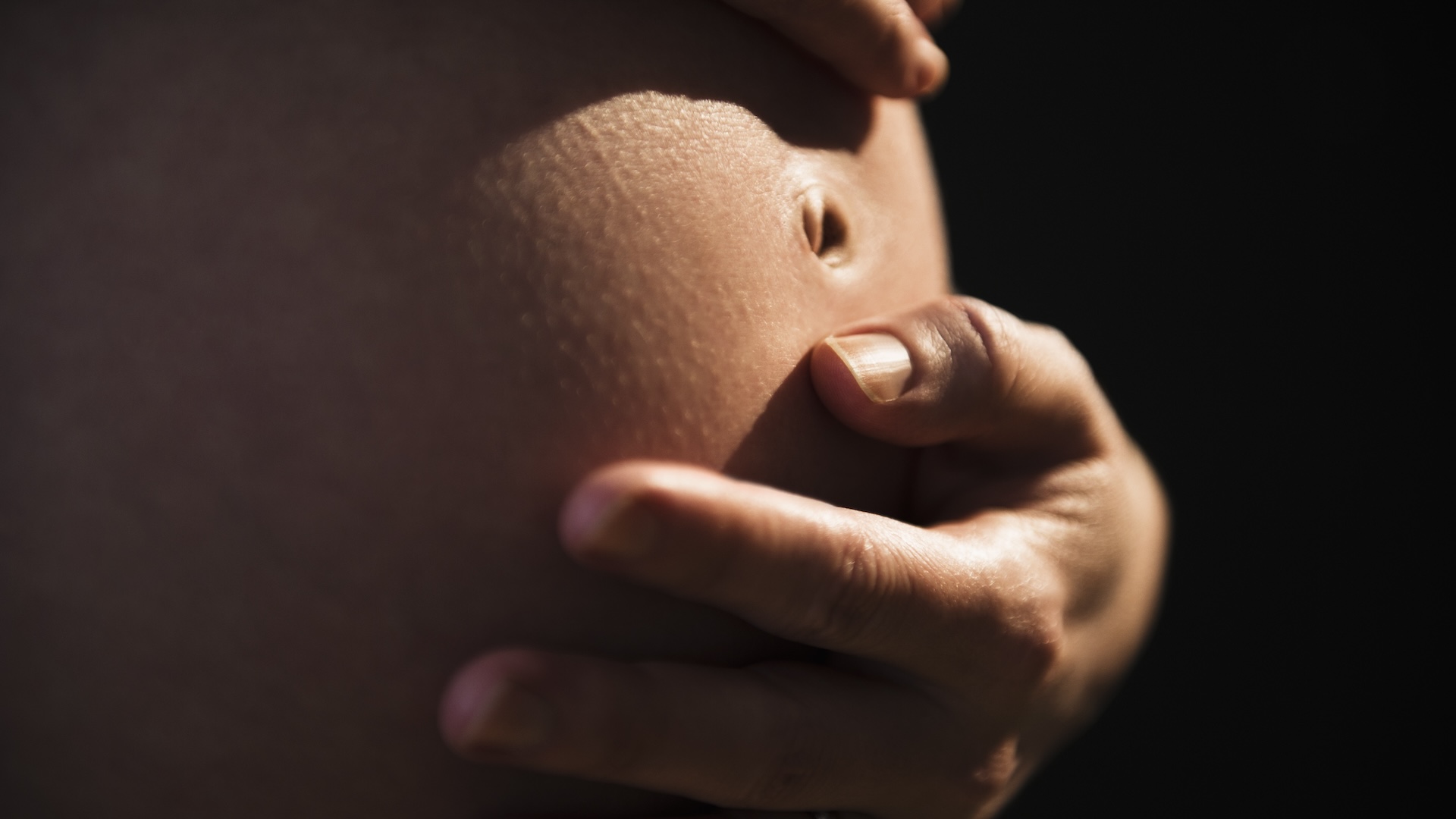When you purchase through link on our website , we may earn an affiliate commission . Here ’s how it make .
Two babies in Arizona who were delivered via " water giving birth " of late developedLegionnaires ' disease , a type of bacterial lung contagion , just days after they were born , accord to a new story .
Both babe recovered after being hospitalise , and the case were unrelated , the study said . But the health expert who look into the case " identified legion gaps in infection bar for body of water births " that may have chip in to the babies ' exposure to theLegionellabacteria that made them mad , they drop a line in their report .

In the first face , which go on in January 2016 , the baby was surrender by a midwife into a tub meet with rap pee . The tub was cleaned and filled correctly before the delivery , and the sister did not appear to inhale any of the urine during birth , the report said . [ 9 Uncommon Conditions That Pregnancy May Bring ]
But a day later on , the baby started to have trouble ventilation and was taken to the hospital . The baby was found to have both Legionnaires ' disease and a inborn heart condition that was not have-to doe with to the infection . Legionella bacteria can grow in water systems , including hot tubs , air conditioner and bathymetry organization , concord to the report card , from researchers at the Centers for Disease Control and Prevention and the Maricopa County ( Arizona ) Department of Public Health .
In the 2d case , which occurred in April 2016 , the baby was born at home in a rented Jacuzzi hot tubful with health club jets , the report said . The tub was placed in the mother ’s bedroom and was filled with tap water system that was hot up to 98.0 arcdegree Fahrenheit ( 36.7 degrees Celsius ) . The filled , heated tub sat in the bedroom for about a week before the baby ’s livery . During the birth , the mother first push outside the bathing tub , and then entered the vat only for the delivery , the report said . The baby did not appear to have inhaled any H2O during birth , the Dr. wrote in the report .

But three days after parentage , the babe grow a gamey fever and was lead to the infirmary , where the baby test positively charged forLegionellabacteria .
In both of these cases , the baby were treated with the antibiotic azithromycin for 10 days . The babe in the first case remained hospitalized for two month , principally because of the newborn ’s heart status , and the infant in the second case was released from the hospital after about a week , the report order .
The researchers noted thattap water is not sterile , and thatLegionellabacteria can rise and spread in bathymetry systems . In addition , the high temperature of the water used in the Jacuzzi was within the optimum mountain chain forLegionellagrowth , they enounce .

compositor’s case of Legionnaires ' disease in newborn infant are rare . In Arizona , there was just one case of the disease in a newborn infant between 2011 and 2015 , according to the report . [ 7 Baby Myths Debunked ]
There was also a case of aninfant in Texas who die of Legionnaires ' diseaseafter a water birth in 2014 . Helped in part by guidelines developed in Texas after that type , the researchers who write the novel report put together their own educational resources and guidelines for midwife in Arizona . For example , one of the novel recommendations is to let red-hot water run for 3 minutes before occupy the birth tub , which can serve reduce the risk ofLegionellainfection , the research worker say .
The American College of Obstetricians and Gynecologists ( ACOG ) say that undergoingthe former stage of laborin H2O may extend some benefit , such as unretentive labor , and so laboring in water is an selection that may be provide to healthy women who are at least 37 week pregnant .

However , there is n’t enough data on the risks and welfare of really delivering the baby in water for the ACOG to commend this method acting . Therefore , theACOG urge that birth not take seat in piddle . If a woman requests to give nascence in water , she should be informed that the risks of this pattern have n’t been study sufficiently , the ACOG enjoin .
In addition , facilities that offer weewee birth should establish strict protocols for the maintenance and cleaning of bathtub and syndicate , and should have plans for how to move woman from the tub if ramification were to educate , the ACOG say .
The report is published today ( June 8) in the CDC ’s journal Morbidity and Mortality Weekly Report .

Original article onLive Science .















